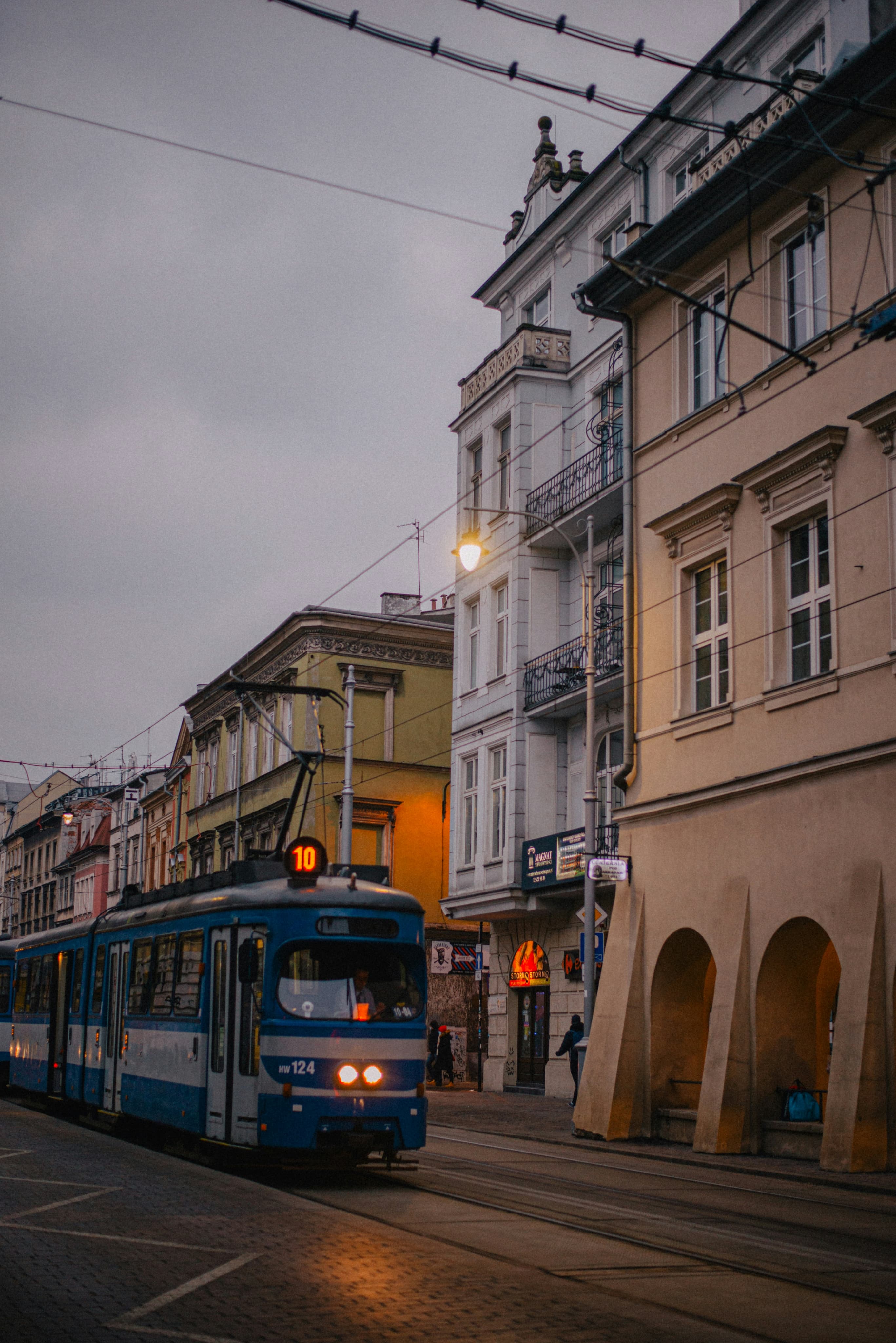During the communist period it was used as a guest house for visiting heads of state.
The part that serves today as the president's office, and official home, however, was added after the great Bucharest earthquake of 1977, and bears the stamp of local architect Nicolae Vladescu.
Part of the palace is open to the public, and can be visited on a tour. You will see a number of function rooms, many of which were decorated to the whims of Marie, the English wife of Carol's heir, his nephew Crown Prince Ferdinand. You will also be able to view her astonishing art collection.
During the construction of the new wing in the 1980s, ruins of the original monastery church were discovered, including part of the original interior frescoes. The church has been partially rebuilt and can be visited without joining the full palace tour.







